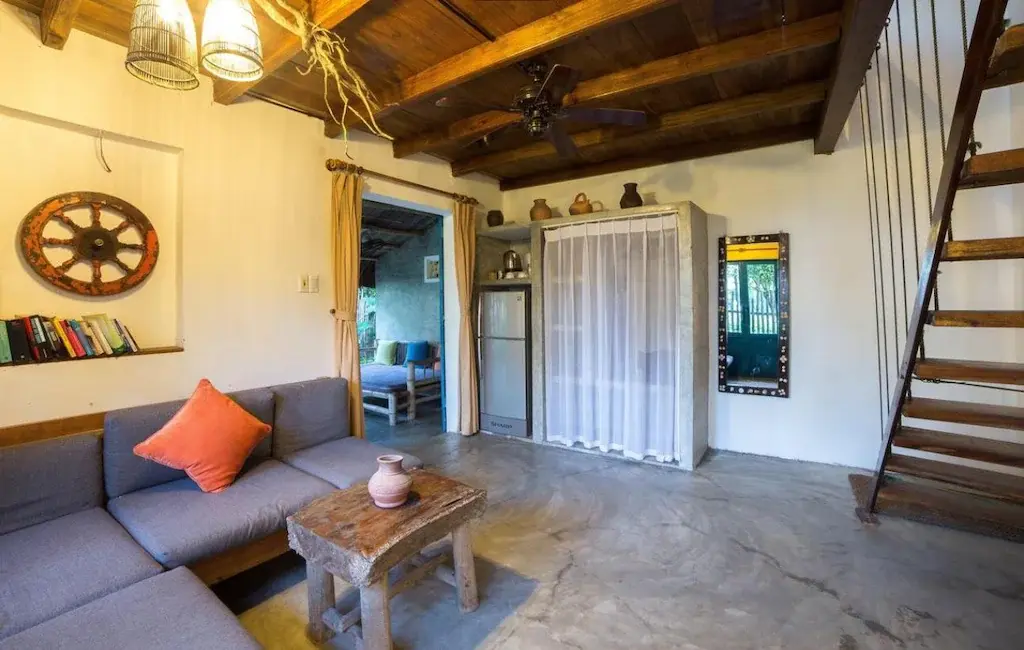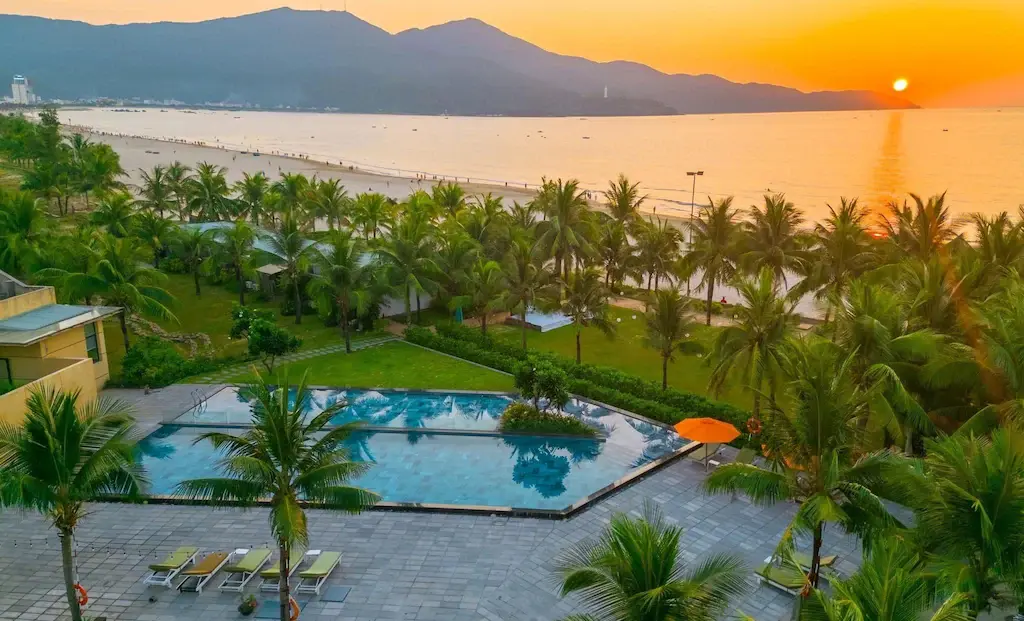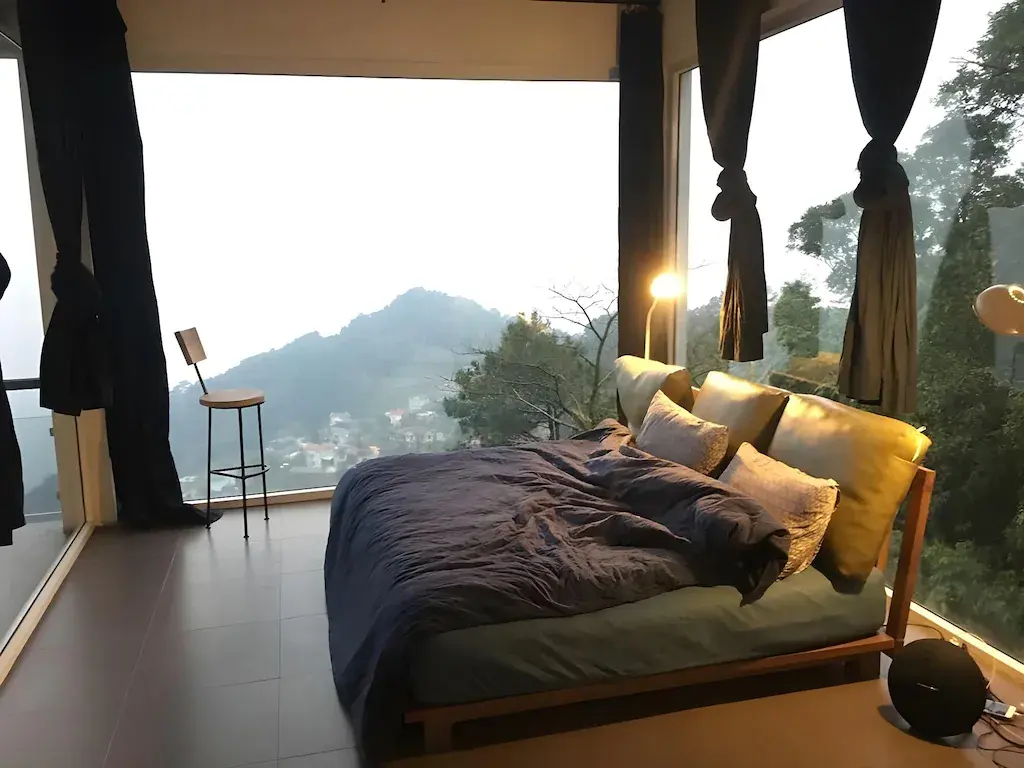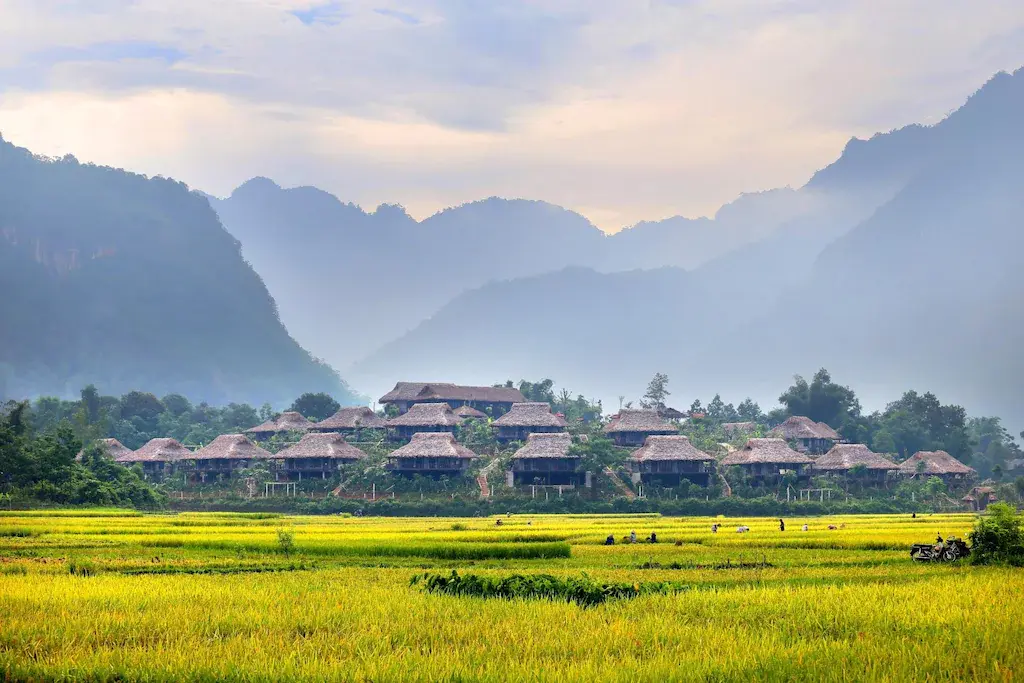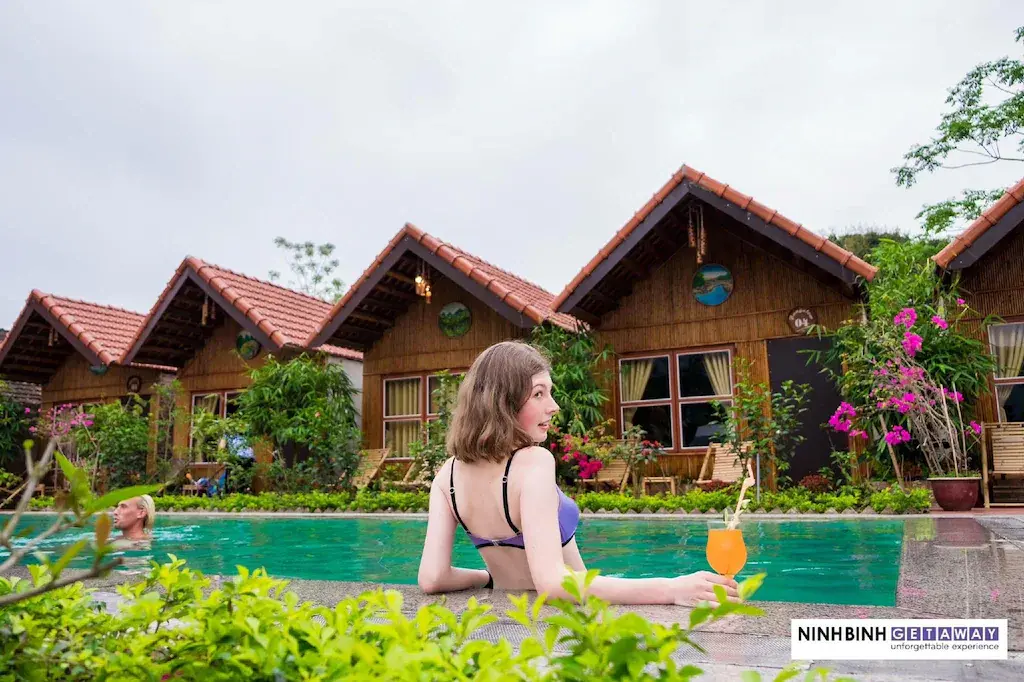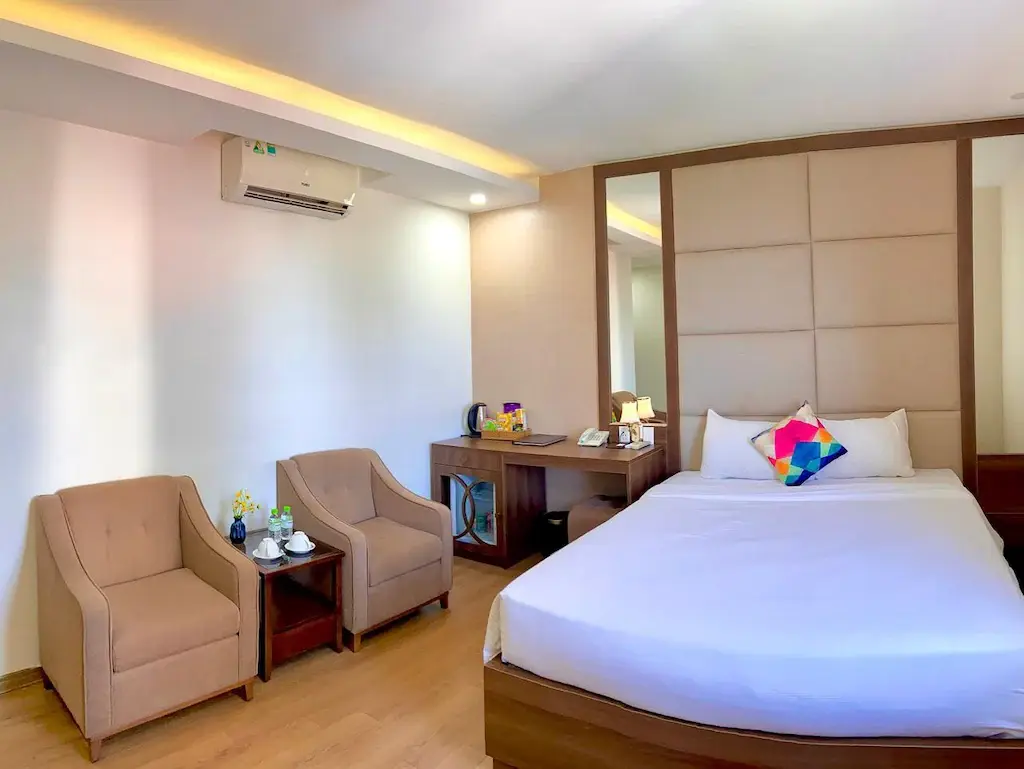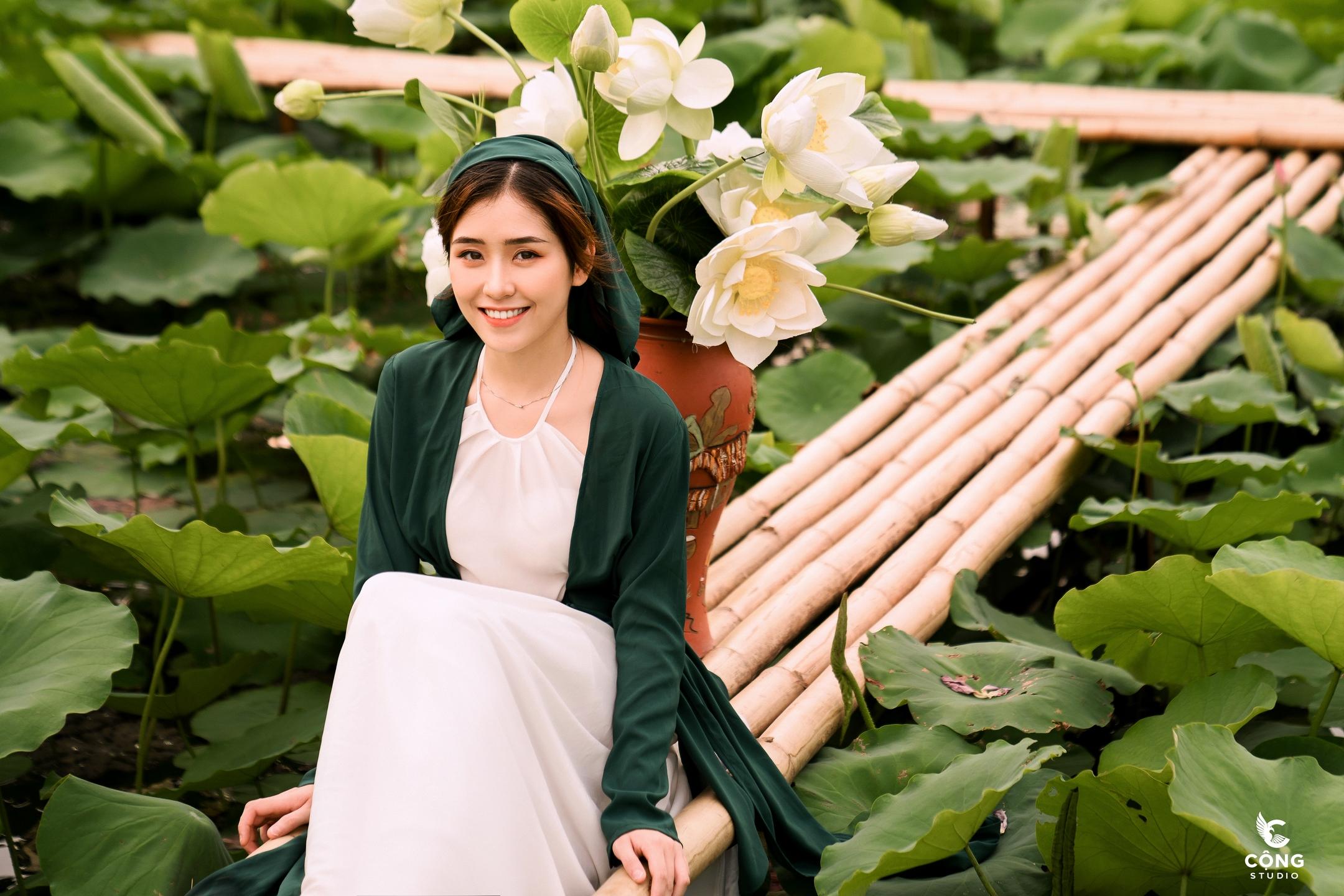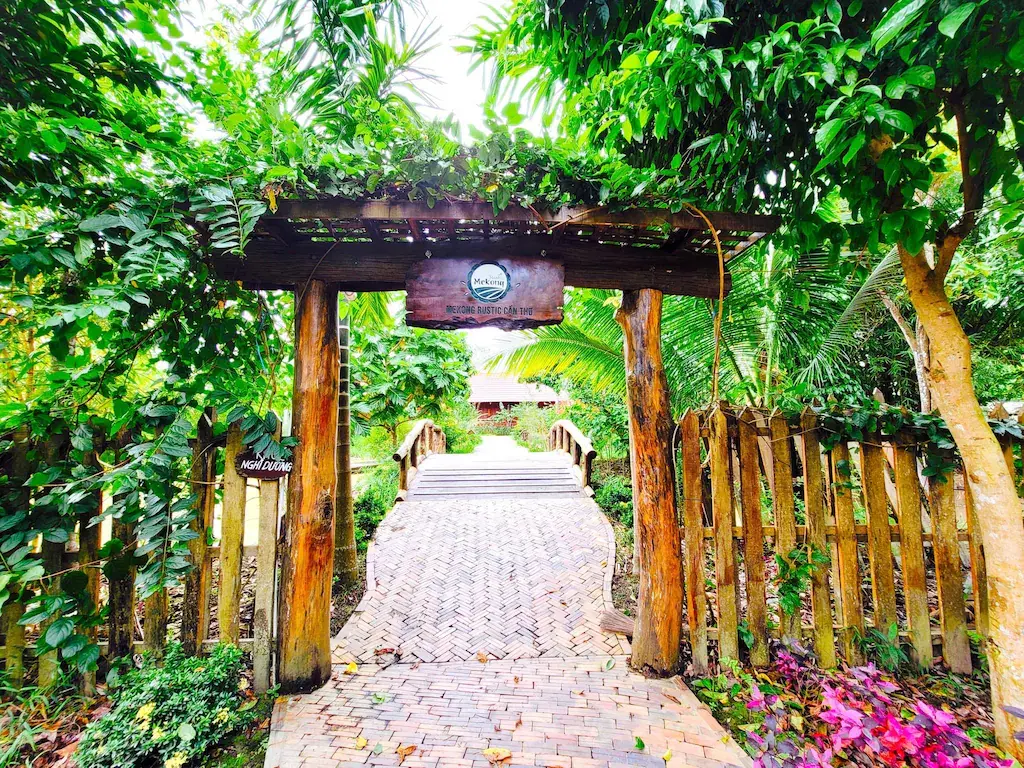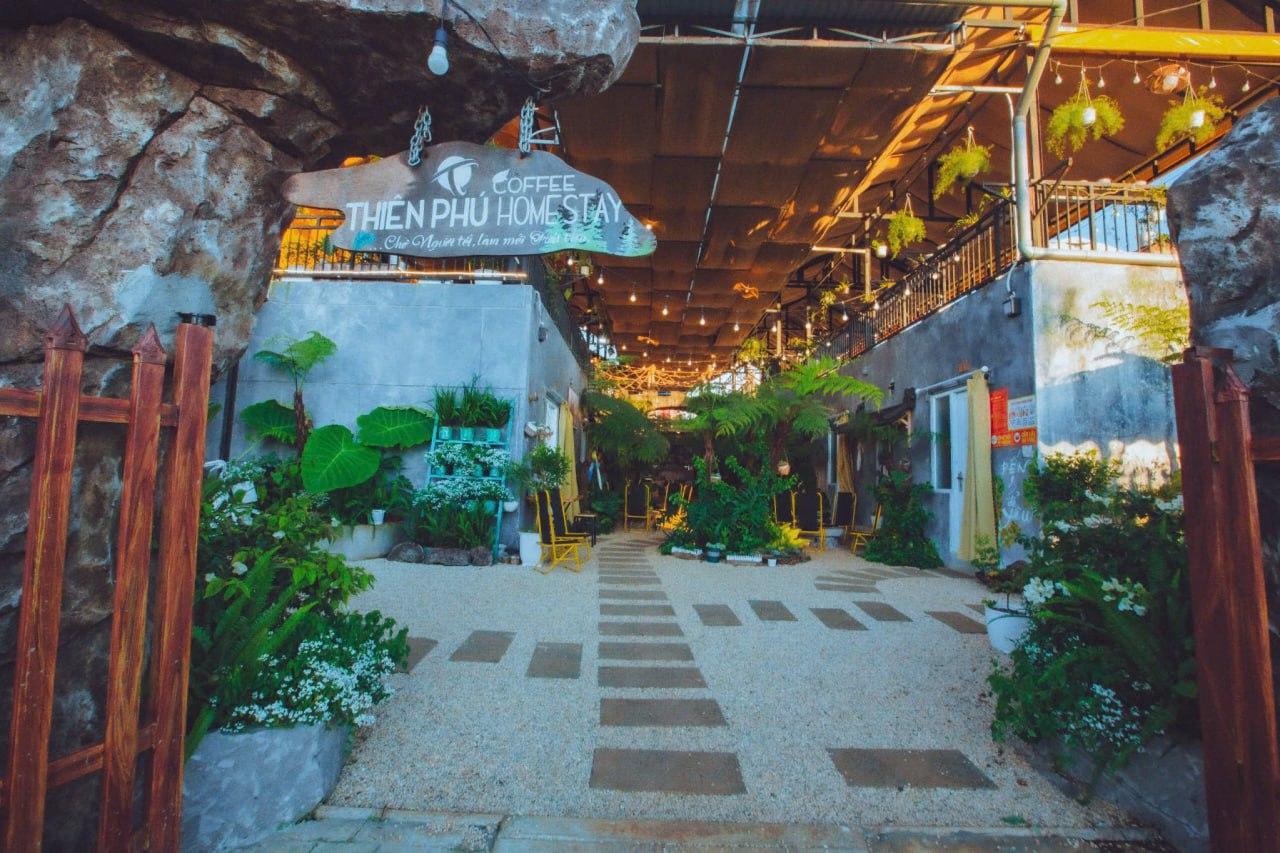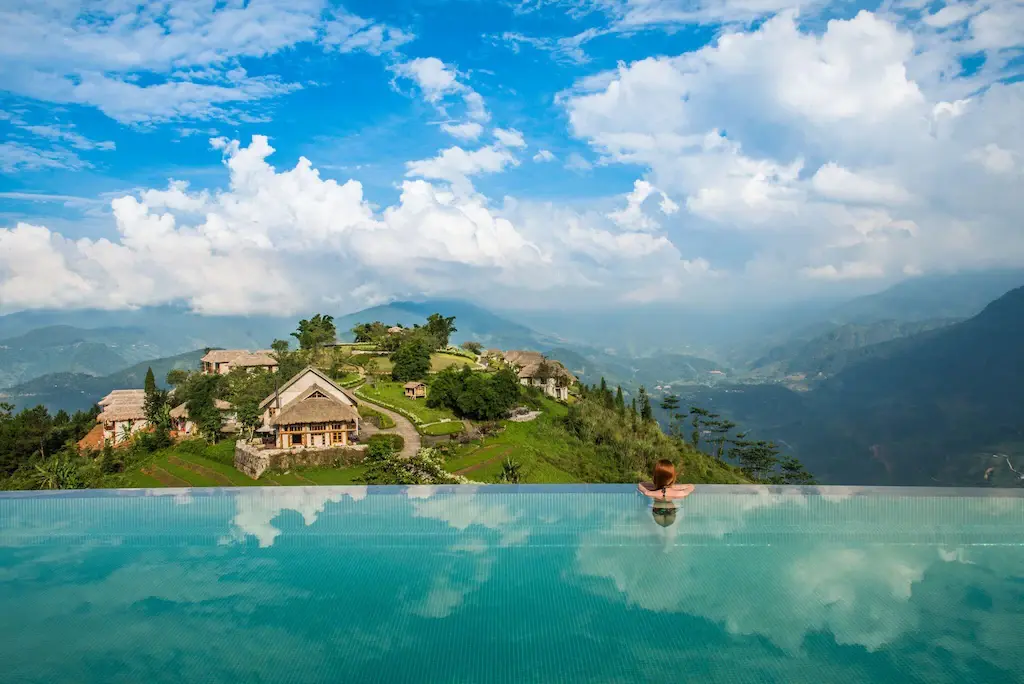Back to the Roots: A Cultural Journey Across Vietnam
When traveling becomes a way to understand yourself
I started traveling with one simple goal: go to as many places as possible—the newer, the better. I chased charming cafés, scenic mountain peaks, and turquoise beaches on faraway islands.
But then one day, while walking through a local festival in Hội An, I got swept into a lion dance performance—vibrant drums, swirling costumes, and the silent presence of an elderly woman in a traditional áo dài watching from the sidewalk.
I don’t know why, but something about that moment made my eyes sting a little.
And just like that, a new journey began—not just to enjoy, but to listen, to learn, and to feel the deeper layers of Vietnamese culture I had once overlooked.
Where Culture Speaks Through the Land
🎭 1. Hanoi – Where Past and Present Intertwine
My first stop was Hanoi, where ancient traditions blend into modern life. I stayed near the Old Quarter, where mornings meant walking past Đồng Xuân Market, eating bún thang at a 40-year-old family eatery, and visiting Văn Miếu – Quốc Tử Giám, Vietnam’s first university.
One evening, I watched a traditional water puppet show at Thăng Long Theater. I had heard about it for years, but it wasn’t until I saw the wooden puppets dancing on water, accompanied by live folk music, that I truly felt the emotional depth of this centuries-old art.
🏯 2. Huế – Breathing the Elegance of an Ancient Capital
Next came Huế—arguably the most emotional stop on my trip. Though partly scarred by war, the imperial city still stood with silent majesty. I stood beneath the Ngọ Môn Gate at sunset, listened to stories of the Nguyễn dynasty, and visited Emperor Tự Đức’s tomb—where nature and architecture blended in haunting solitude.
What stayed with me most was the sound of Nhã nhạc cung đình—Imperial Court Music. One evening, floating down the Hương River with lanterns in hand, I heard the melodies rise from a dragon boat and felt my heart still in the presence of something timeless.
🧵 3. Hội An – Where Culture Lives in Every Corner
Hội An wasn’t just beautiful—it was quietly alive. I joined a lantern-making class led by a local artisan who shared stories of his craft passed down through generations. Every pattern, every color had meaning—just like the people of Hội An: deep, gentle, and sincere.
That night, I joined the “Old Town Night” where all electric lights were turned off, and the streets glowed with lanterns. Wearing a traditional áo dài, I walked the stone-paved lanes, music from a bygone era playing softly—and for a moment, it felt like time had stopped.
🐘 4. Central Highlands – The Sacred Echoes of Gongs
I traveled next to Buôn Ma Thuột, home of the rich Central Highlands culture. In a remote Ê Đê village, I was invited to a harvest celebration, sat by the fire with communal rice wine, and listened to gongs echo through the forest night.
The sound was strong yet mystical—like a voice from deep within the earth.
People of the Highlands don’t speak much—but they tell stories through rituals, dances, heirloom jars of wine, and a lifestyle in harmony with nature.
I left the village with a quiet, grounded feeling—like I had touched something raw and real in the heart of Vietnam.
Traveling to Understand—and to Love My Homeland Deeper
At first, I thought cultural travel was just about “learning something new” about my country.
But by the end, I realized it was about touching the soul of where I come from—with both wonder and emotion.
Vietnam isn’t just beautiful—it’s alive with culture, rich and diverse, stretching from north to south.
Each land is a chapter.
Each local is a storyteller.
And the more I traveled, the more I understood:
We can’t truly love our country just with our eyes—
We must love it with our hearts, and with a deep cultural empathy.

